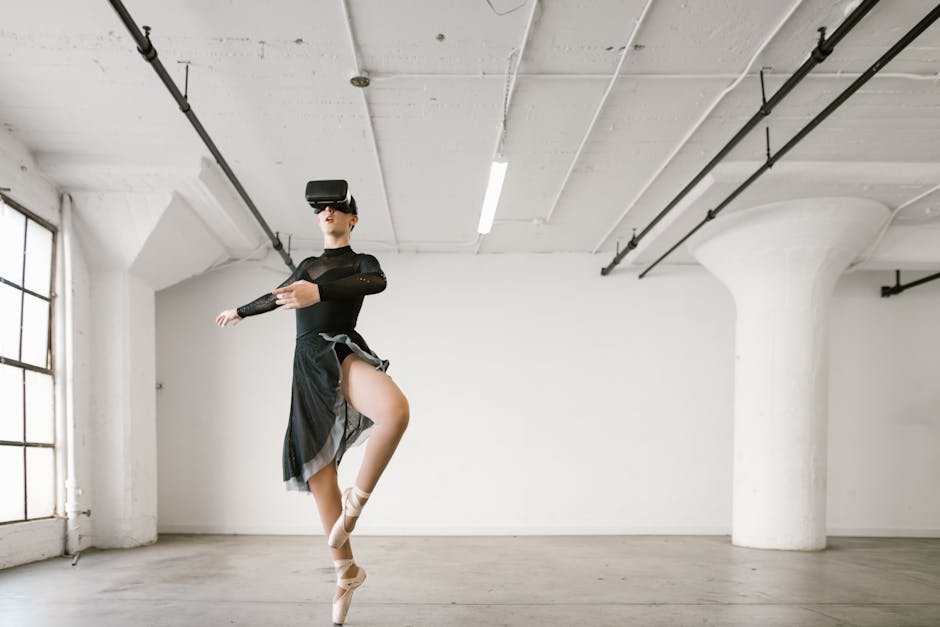NFTs, or non-fungible tokens, have taken the creative industry by storm, offering artists and creators a revolutionary way to monetize their work. From digital art to music and even virtual real estate, NFTs provide a unique opportunity to establish ownership and authenticity in the digital realm. But with these opportunities come significant challenges that can’t be ignored.
As someone deeply invested in the creative world, I’ve seen firsthand how NFTs can empower creators to reach new audiences and generate income in unprecedented ways. However, the rapid rise of this technology also raises questions about sustainability, copyright issues, and market volatility. In this article, I’ll explore the exciting possibilities NFTs bring to the creative industry while also delving into the hurdles that need addressing.
Understanding NFTs in the Creative Industry
NFTs provide a digital method for representing ownership and authenticity. The creative industry has seen significant changes due to this technology.
What Are NFTs?
- Unique Digital Assets: NFTs (non-fungible tokens) use blockchain technology to create unique digital assets.
- Indivisible and Distinct: Unlike cryptocurrencies, NFTs are indivisible and distinct, with each token containing specific information that distinguishes it from others.
- Digital Art: Artists can mint digital art as NFTs, ensuring it remains one-of-a-kind.
- Transparency and Security: Blockchain ensures transparency and security, critical aspects for creators needing verification of their work.
Impact on Artists and Creators
- Benefits for Artists: NFTs offer several benefits for artists and creators.
- Direct Sales: Enable direct sales, eliminating intermediaries like galleries and auction houses. For instance, musicians can release tracks as NFTs and sell directly to fans.
- Continuous Royalties: Artists earn royalties continuously from secondary sales on NFT marketplaces.
- Smart Contracts: Artists can enforce smart contracts ensuring they receive a percentage every time their work sells again.
- Sustainability Concerns: High energy consumption of blockchain transactions is a noted concern.
- Copyright Issues: Unauthorized minting of digital work is a significant problem.
- Market Volatility: The market’s volatility can impact income stability for creators relying on NFTs as a primary revenue stream.
Opportunities for Growth Through NFTs
NFTs provide diverse opportunities for growth in the creative industry.
Expanding Market Reach
NFTs enable artists to reach global audiences without geographical barriers. Traditional art markets limit visibility to physical locations or specific regions. However, online NFT platforms like OpenSea, Rarible, and Foundation offer global visibility. Artists can showcase their work to international collectors, increasing their fan base. It leads to higher chances of sales and recognition. Additionally, social media integration on platforms like Twitter and Instagram amplifies an artist’s reach. By sharing NFT collections online, creators can engage with audiences worldwide, creating a community around their digital art.
Innovating Art Monetization
NFTs revolutionize how artists monetize their creations. Unlike traditional art sales involving galleries or auction houses, NFTs facilitate direct sales, giving creators full control. Blockchain technology ensures transparency and authenticity, eliminating fraud. Innovative monetization strategies include creating limited edition collectibles or bundling artwork with exclusive experiences. Secondary market sales further benefit artists through royalty systems, where creators earn a percentage of resale value. Examples include Beeple’s $69 million “Everydays” NFT and Kings of Leon’s album release as an NFT. These instances reflect the transformative potential of NFTs in redefining art economics.
Challenges Faced by Creators

Despite the opportunities NFTs present, creators encounter significant challenges in this emerging landscape.
1. Legal and Copyright Issues
Intellectual property rights are a primary concern. Creators must ensure their work’s copyright is protected before minting NFTs. Unauthorized minting of copyrighted material can lead to legal disputes. For example, digital artists need to confirm they hold ownership of the artwork’s intellectual property to avoid infringement cases. This complexity intensifies when dealing with collaborative works where multiple parties claim ownership.
2. The Environmental Concerns of NFTs
NFT creation and trading have notable environmental impacts. The energy consumption of blockchain networks, particularly Ethereum, raises sustainability issues. According to Digiconomist, Ethereum’s annual carbon footprint is comparable to Hong Kong’s electricity usage. To mitigate this, some platforms are exploring eco-friendly alternatives like Proof of Stake (PoS) or sidechains, which reduce energy requirements. Creators need to stay informed about these alternatives to make environmentally conscious decisions.
NFT Trends in Various Creative Sectors
NFTs are revolutionizing different creative sectors, offering unique opportunities and presenting new challenges. By examining specific industries, we can grasp how NFTs are integrated and utilized.
Music
Artists in the music industry are using NFTs to reshape distribution and fan engagement. Musicians can mint NFTs representing exclusive tracks, albums, or concert tickets. For example, Kings of Leon released an NFT album generating over $2 million in sales. This method provides direct revenue and ensures artists retain a higher percentage of profits. Limited-edition NFTs can also create scarcity and value, enticing collectors.
Visual Arts
The visual arts sector has seen a significant impact from NFTs. Digital artists can now authenticate and sell their work directly to collectors. In March 2021, Beeple sold an NFT artwork for $69 million at Christie’s, setting a record. These sales are not limited to big names; independent artists benefit too. Platforms like OpenSea and Rarible facilitate trading and exposure. However, artists must navigate fake reproductions and copyright disputes, which remain challenging issues.
Their value lies not just in the artworks themselves but in the verifiable ownership and history that NFTs provide.
Conclusion
NFTs have undeniably opened new doors for the creative industry. They offer artists innovative ways to monetize and authenticate their work. However the landscape is still fraught with challenges like legal hurdles and environmental impacts. As the industry evolves it’s crucial for artists to stay informed and adapt to these changes. The potential for growth is immense but navigating this space requires a balance of creativity and caution.

 Rogerry Nelsonier is a trailblazer in the tech industry, renowned for his passion for technology and its potential to drive societal impact. Inspired by the rapid advancements in technology, Rogerry envisioned a collaborative space where innovative minds could converge to explore groundbreaking ideas and develop transformative solutions. This vision culminated in the founding of Info Wave Circle, a dynamic community dedicated to fostering innovation and creativity.
Rogerry's journey began in Pompano Beach, Florida, where he established Info Wave Circle to bring together like-minded individuals passionate about leveraging technology for positive change. Under his leadership, Info Wave Circle has grown into a thriving hub for tech enthusiasts, entrepreneurs, and innovators. Rogerry’s commitment to pushing the boundaries of what technology can achieve continues to inspire those around him, making Info Wave Circle a beacon of progress and societal advancement.
Rogerry Nelsonier is a trailblazer in the tech industry, renowned for his passion for technology and its potential to drive societal impact. Inspired by the rapid advancements in technology, Rogerry envisioned a collaborative space where innovative minds could converge to explore groundbreaking ideas and develop transformative solutions. This vision culminated in the founding of Info Wave Circle, a dynamic community dedicated to fostering innovation and creativity.
Rogerry's journey began in Pompano Beach, Florida, where he established Info Wave Circle to bring together like-minded individuals passionate about leveraging technology for positive change. Under his leadership, Info Wave Circle has grown into a thriving hub for tech enthusiasts, entrepreneurs, and innovators. Rogerry’s commitment to pushing the boundaries of what technology can achieve continues to inspire those around him, making Info Wave Circle a beacon of progress and societal advancement.
